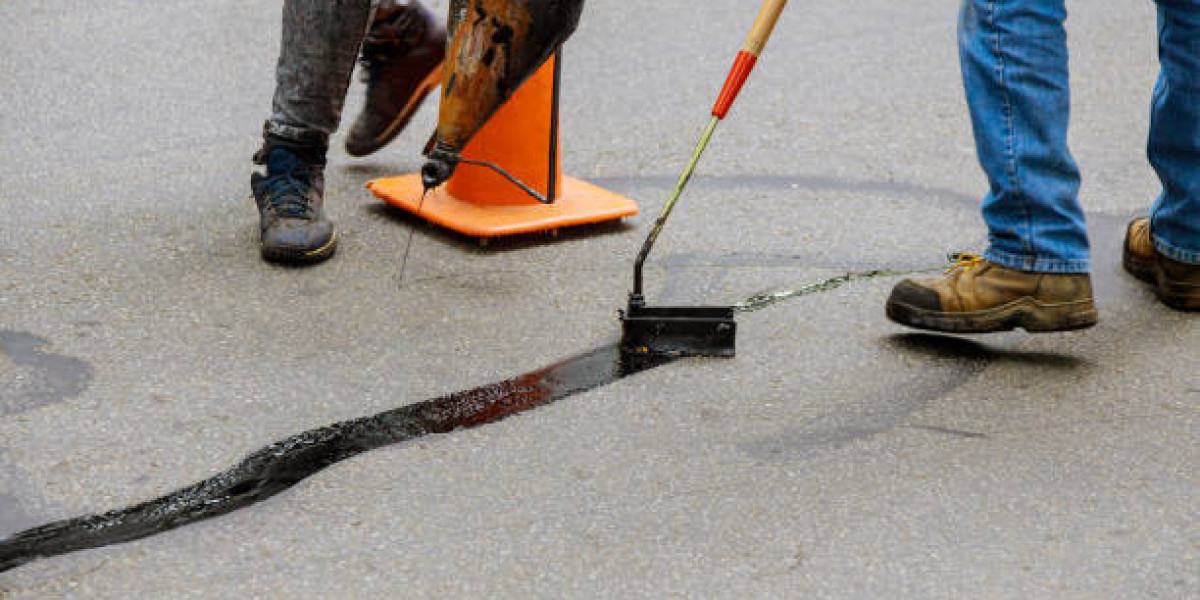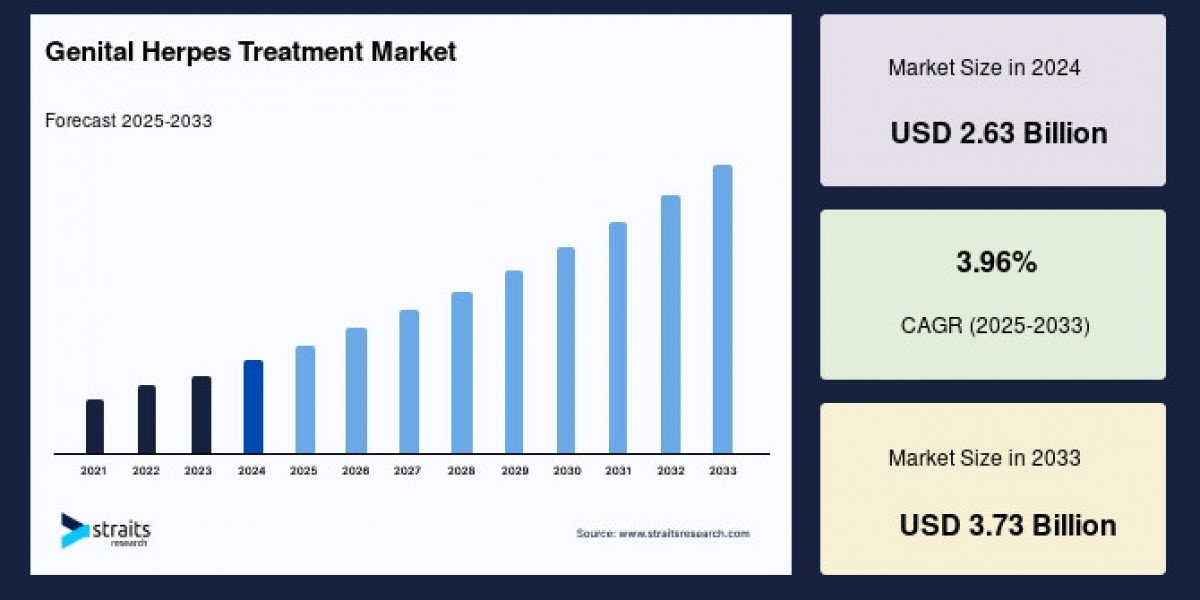Cracks in asphalt might seem small, but they’re warning signs of deeper structural problems. Over time, moisture, UV rays, and traffic stress widen these gaps, leading to costly damage. Crack filling is the first line of defense—sealing and protecting asphalt surfaces before cracks grow into potholes or ruts. It’s a cost-effective way to extend pavement life, improve safety, and enhance property appeal.
For residents in Overland Park, KS, where temperature shifts and seasonal wear accelerate pavement deterioration, getting professional crack filling services ensures durability and performance. That’s why Asphalt Now provides reliable, long-lasting crack repair and sealing solutions trusted by homeowners and businesses alike.
What Is Crack Filling?
Crack filling is a maintenance process that involves injecting or applying specialized material into asphalt cracks to prevent water, debris, and chemicals from entering. Unlike full-depth repair or resurfacing, it’s a preventive method designed to stop minor cracks from becoming major failures.
Why It’s Important
Prevents moisture intrusion that weakens asphalt layers.
Stops crack expansion, saving on future repair costs.
Maintains a smooth, safe surface for vehicles and pedestrians.
Preserves appearance and extends the pavement’s life by years.
| Q: What’s the main purpose of crack filling? A: To seal minor cracks before they allow water or debris to damage the asphalt base, preventing costly reconstruction later. |
Types of Asphalt Cracks and Their Treatment
Understanding crack types helps determine the best filling method:
Linear Cracks: Straight cracks from aging or temperature stress—ideal for standard crack filling.
Alligator Cracks: Web-like patterns signaling structural fatigue—often need deeper repair.
Edge Cracks: Appear near pavement edges due to poor drainage or soil movement.
Block Cracks: Large square or rectangular cracks from asphalt shrinkage over time.
Crack Filling vs. Crack Sealing
These two terms are often confused, but they serve different purposes.
Crack Filling – Ideal for inactive cracks that don’t expand or contract significantly. It uses asphalt emulsion or rubberized filler to close the gap.
Crack Sealing – Used for active cracks that move with temperature changes. It involves hot-applied, flexible rubberized sealants that stretch with pavement movement.
| Pro Tip: For climates like Overland Park, KS, where freeze-thaw cycles are common, combining filling and sealing methods ensures maximum durability. |
Step-by-Step Process of Professional Crack Filling
Professional asphalt technicians follow a detailed process to ensure lasting protection.
Inspection: Experts assess crack depth, width, and extent of damage.
Cleaning: High-powered air blowers and wire brushes remove dirt and vegetation.
Drying: Cracks must be completely dry before applying filler.
Filling: Hot or cold-applied rubberized material is poured into the cracks.
Leveling: Excess filler is leveled for a smooth finish.
Curing: The filler sets and bonds, ready for traffic within a few hours.
Benefits of Crack Filling
1. Extends Pavement Life
Proper filling halts deterioration and delays costly resurfacing by several years.
2. Saves Money
Routine maintenance like crack filling is far cheaper than full pavement replacement.
3. Improves Safety
Smooth, sealed surfaces reduce trip hazards and tire wear.
4. Enhances Appearance
Well-maintained asphalt boosts curb appeal for homes and businesses.
5. Protects Against Weather Damage
Especially vital in fluctuating climates where freezing and thawing cause surface stress.
DIY Crack Filling vs. Professional Services
While DIY kits are available, professional crack filling offers significant advantages:
Better Materials: Professionals use industrial-grade hot rubberized sealants that expand with temperature changes.
Proper Equipment: Routing, air blowing, and heating ensure full adhesion and penetration.
Long-Term Durability: Expert application resists cracking for years.
Consistent Results: Ensures uniform appearance and smoother texture.
When Should You Schedule Crack Filling?
Timing is crucial for effectiveness.
Best Season: Late spring through early fall when temperatures are moderate and surfaces are dry.
Annual Inspection: Check asphalt at least once a year for early signs of cracking.
Post-Winter Check: After freeze-thaw cycles, new cracks often appear.
| Q: How often should crack filling be repeated? Every 2–3 years, depending on traffic and climate conditions. |
Professional Crack Filling for Lasting Protection
For residents and property owners in Overland Park, KS, timely crack filling can save thousands in future repairs. Whether it’s a residential driveway or a large commercial lot, getting expert help ensures the job is done right the first time. With advanced materials and years of expertise, Asphalt Now delivers reliable, long-lasting solutions that protect your investment and keep your pavement looking smooth and safe year-round.
FAQs
1. What is the lifespan of a filled crack?
Professionally filled cracks can last up to 5–7 years with routine maintenance.
2. Can I apply sealcoat after crack filling?
Yes. Sealcoating over filled cracks provides an added layer of protection and extends pavement life.
3. What’s the difference between hot-pour and cold-pour fillers?
Hot-pour fillers are more flexible and durable, while cold-pour fillers are best for minor, temporary repairs.
4. Is crack filling environmentally friendly?
Yes. It reduces the need for complete resurfacing, conserving resources and energy.
5. How soon can I drive on newly filled cracks?
Most surfaces are ready for light traffic within 6–8 hours after filling.







